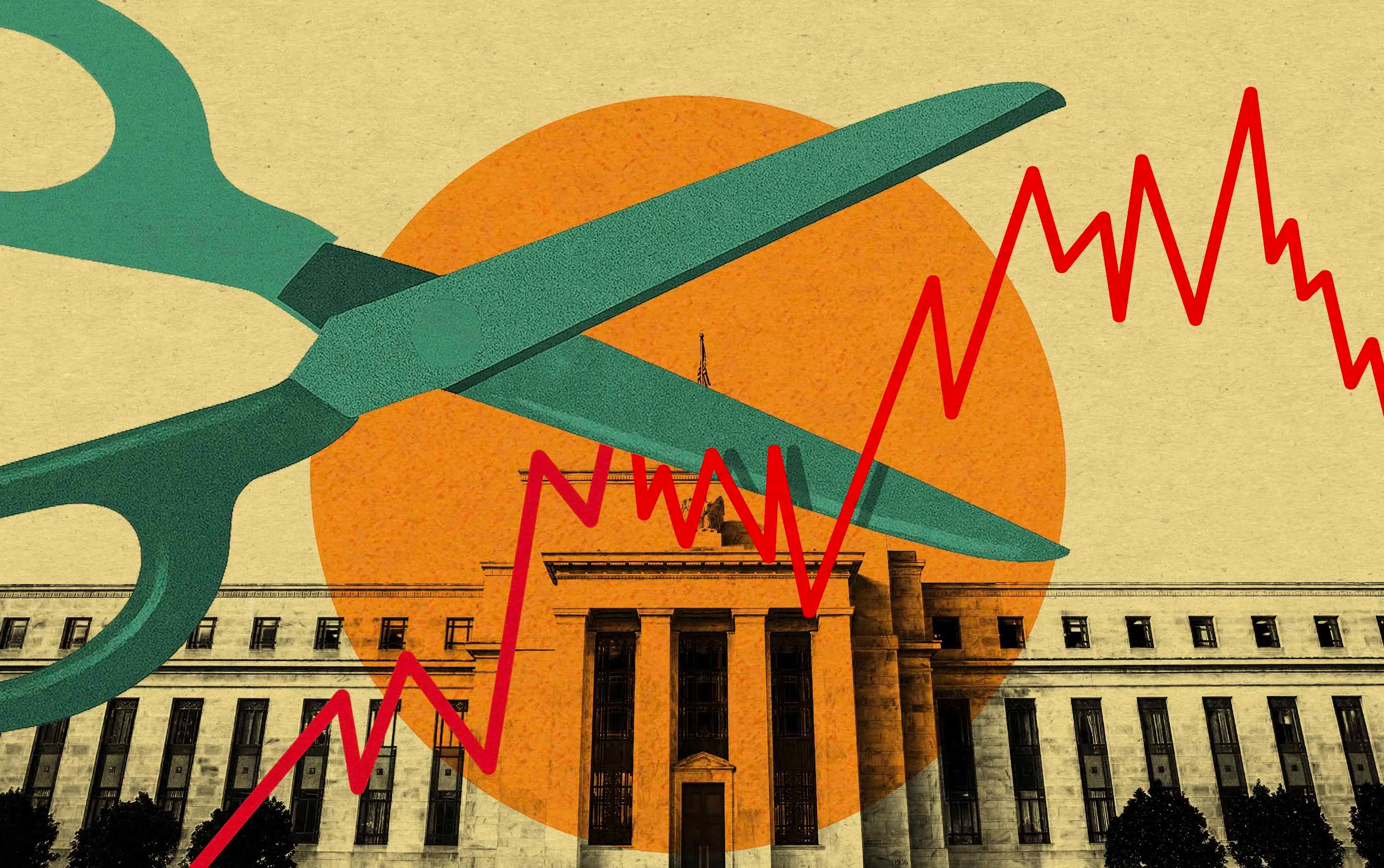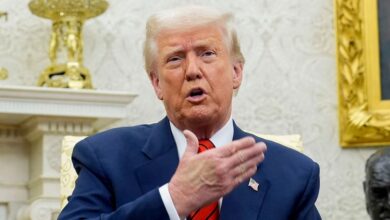Jobs report Friday to provide important clues on where the economy is heading

The U.S. economy is at a crossroads, with uncertainty looming over whether it is just a temporary dip due to tariffs or the start of a more severe downturn. All eyes are on the upcoming April jobs report from the Labor Department to provide clarity on the situation.
Economists are predicting that nonfarm payrolls will increase by 133,000 in April, a significant drop from the 228,000 added in March. This figure is slightly below the average of 152,000 for the first three months of the year but should be enough to maintain the unemployment rate at around 4.2%.
However, a disappointing report could have serious consequences given the recent negative economic indicators and concerns surrounding President Trump’s tariff policies. Mark Zandi, chief economist at Moody’s Analytics, warns that if payrolls growth falls below 100,000, it could trigger a significant market reaction and signal deeper economic troubles ahead.
Investors have already had to digest discouraging data, including a 0.3% contraction in GDP for the first quarter, weak private payrolls figures, and a decline in job openings. Despite these challenges, the stock market has remained resilient, with the Dow Jones Industrial Average posting gains as attention shifts to tariff developments.
Recent data also points to underlying weaknesses in the labor market, with low wage satisfaction, a drop in the average “reservation” wage, and a surge in the unemployment rate for recent college graduates. Federal government layoffs and cuts in the federal workforce are also contributing to job market concerns.
Looking ahead, Citigroup forecasts job growth of 105,000 in April, which should help stabilize the unemployment rate. In addition to the headline payrolls number, wage information will be closely monitored for signs of inflation. Analysts anticipate a 0.3% increase in average hourly earnings, indicating a 3.9% yearly rise.
The April jobs report is set to be released at 8:30 a.m. ET, providing crucial insights into the state of the U.S. economy and its future trajectory. Investors and policymakers will be watching closely for any signs of a downturn and adjusting their expectations accordingly.




